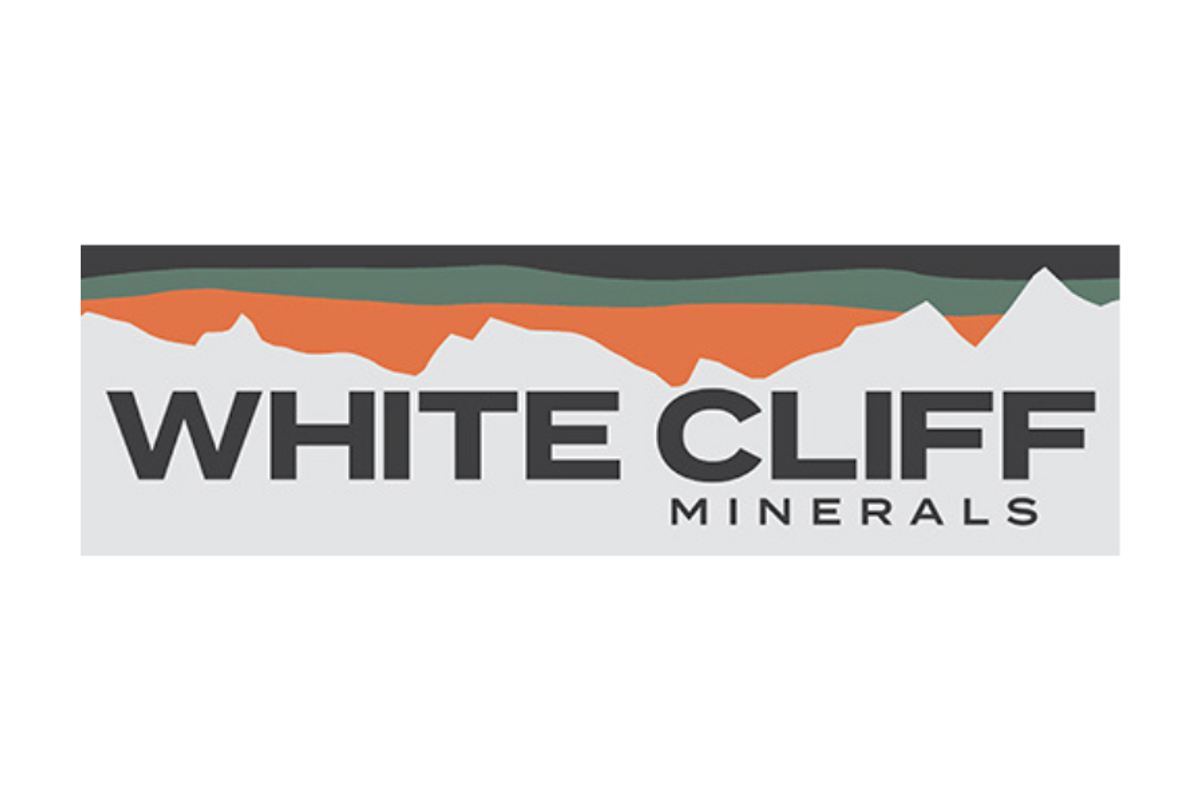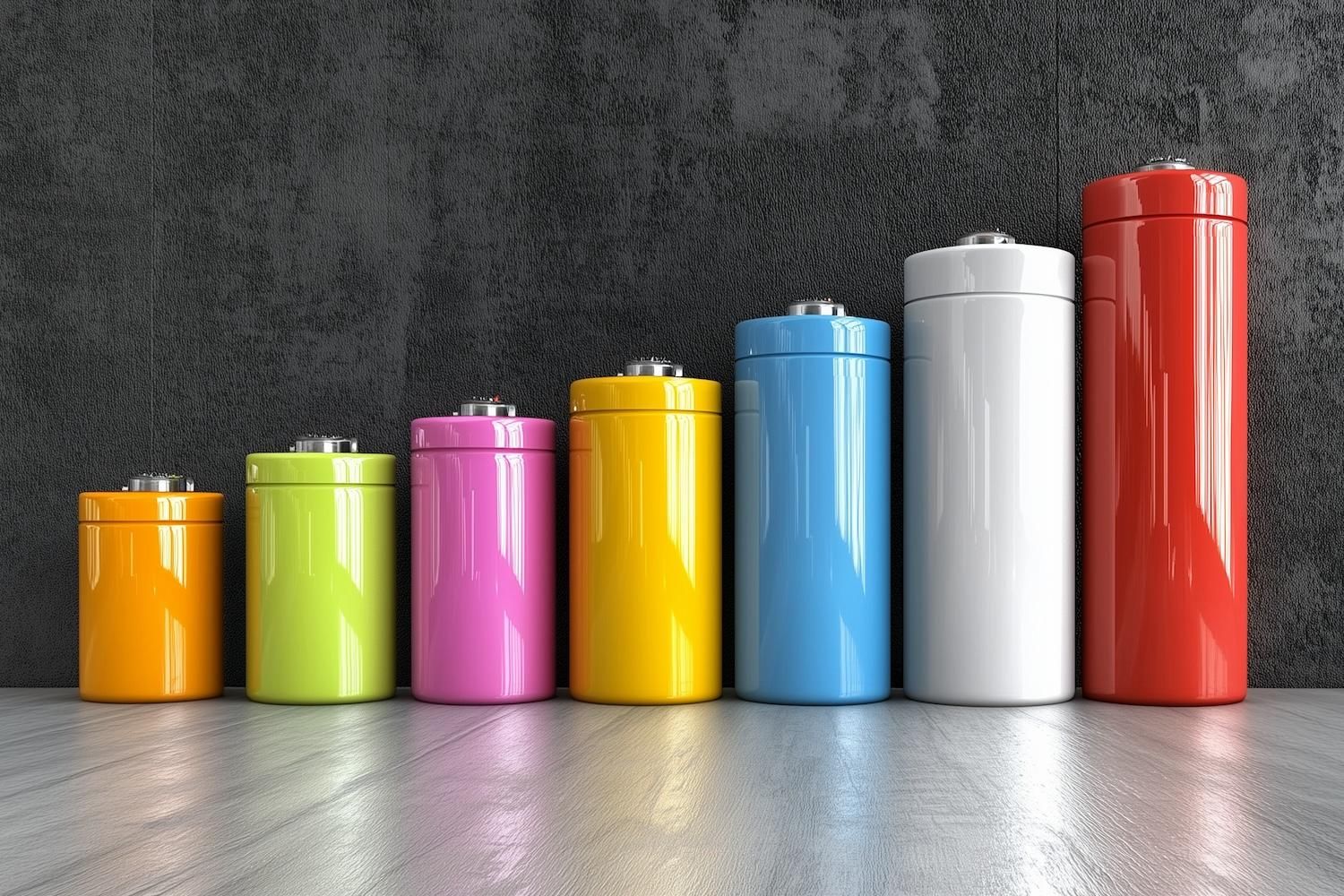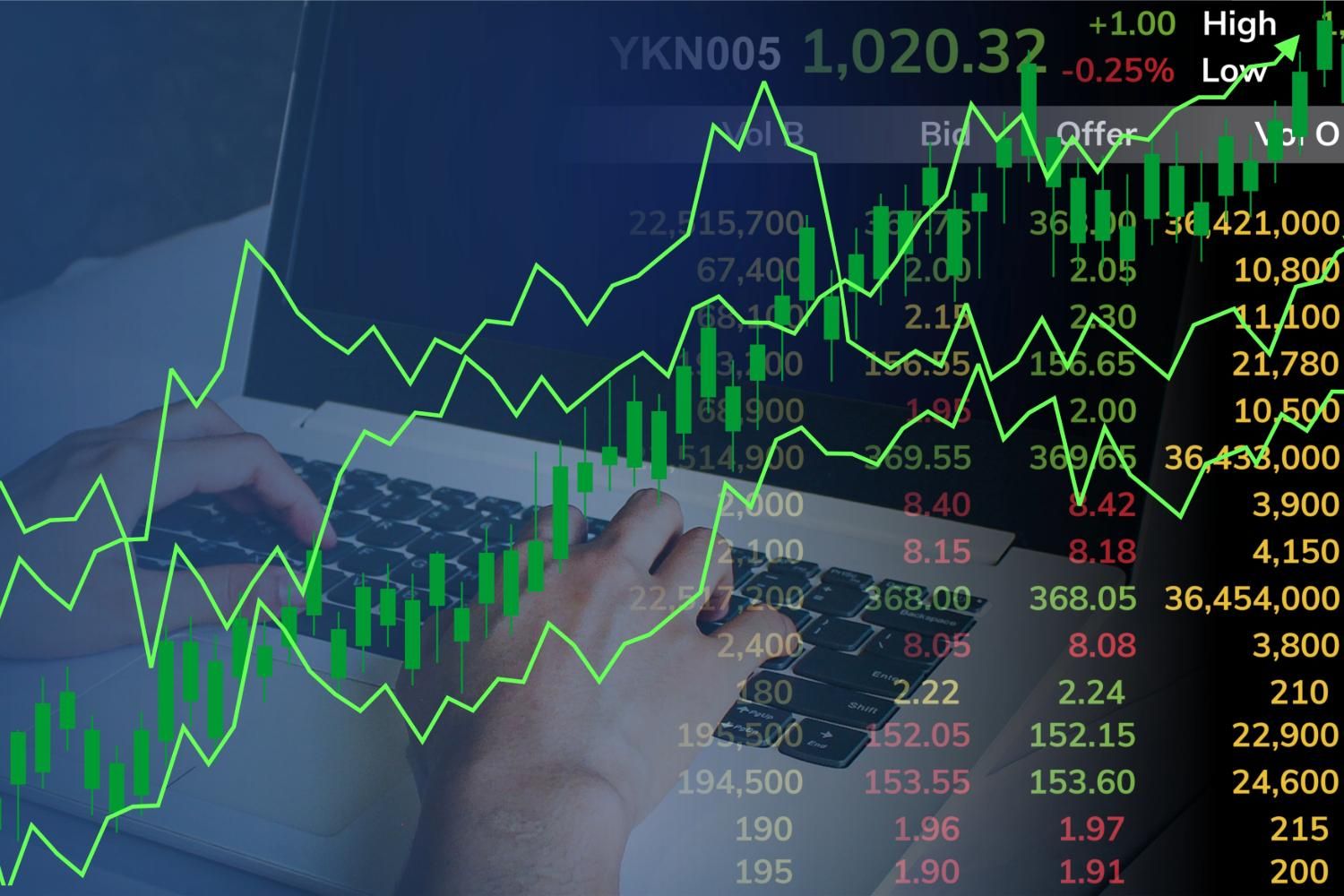
January 28, 2024
White Cliff Minerals Limited (White Cliff or the Company) is pleased to announce it has received a positive conformity determination (“the Approval”) for its licences from the Nunavut Planning Commission (NPC) for the high-grade Coppermine project. This critical regulatory approval marks a major step in the permitting process and allows the company to now appoint contractors for 2024 exploration initiatives and complete the logistical planning phase. This approval also ensures that any proposed activities align with regulatory expectations and underscores White Cliffs’ demonstrable commitment to responsible resource development with local, territorial and federal stakeholders.
The Company is now fully permitted and will take up where state, public & private sponsored historical exploration previously identified dozens of outcropping occurrences of copper and silver mineralisation as well as non JORC mineral estimates along more than a 100km long structural trend.
- Previously reported high grade copper results include1 but are not limited to:
- 30.24% Cu, 34g/t Ag at Halo Prospect
- 30.25% Cu, 43g/t Ag at Halo Prospect
- 35.54% Cu, 17g/t Ag at Cu-Tar Prospect
- 30.7% Cu, >200g/t Ag at Don Prospect
- >40% Cu, 115g/t Ag at Don Prospect (above Cu detection range)
- >40% Cu, 107g/t Ag at Don Prospect (above Cu detection range)
Coppermine contains numerous historical non JORC or NI 43-101 and ‘blue sky’ mineral estimates that will be a priority during 2024.
The company will leverage recent advancements in airborne sensing & data gathering technologies as well as undertaking detailed mapping and sampling to identify areas for further detailed study within the licence area. Ultimately, this work will culminate in extensive drilling on higher priority areas identified throughout this large-scale mineralised structure.
Negotiations with several Canadian based service providers continue for various work programmes on what will be the first systematic exploration at this project area in decades. The Company will base its logistical hub initially in Kugluktuk, a town of approximately 1,500 people, located to the northeast of the project area. Kugluktuk is accessible by both plane and ship.
Once finalised, these work programmes will be announced to market and will run in close collaboration with planned work at Radium Point, the companys’ recently acquired district scale uranium project.
While focus will move to finalising operational aspects of the upcoming exploration programme the Company will also continue to work closely with local communities, indigenous groups and other stakeholders to ensure activities align with community expectations and these considerations are actively integrated into all activities.
Commenting on the transaction, White Cliff Chairman, Roderick McIllree said:
"With this Nunavut Commission licence approval, we are now fully permitted and can move to finalise our exploration initiatives including contractor selection. This milestone was a critical component of our strategic planning phase and is now delivered. We can now focus on validating a significant database of historical mineral resources, high grade outcrop samples and ultimately prepare for drilling. We look forward to updating shareholders in the coming months on further developments both in terms of field activities for 2024 at our current and future project acquisitions.”
Click here for the full ASX Release
This article includes content from White Cliff Minerals Limited, licensed for the purpose of publishing on Investing News Australia. This article does not constitute financial product advice. It is your responsibility to perform proper due diligence before acting upon any information provided here. Please refer to our full disclaimer here.
The Conversation (0)
27 November
Battery Storage Market Surging as Electricity Demand Enters New Era
Speaking at Benchmark Week, Iola Hughes, head of battery research at Benchmark Mineral Intelligence, outlined a market that is undergoing “very strong growth" and becoming indispensable to energy security.Hughes described energy storage as the fastest-growing segment in the battery sector today.... Keep Reading...
27 November
Inside Billionaire Gina Rinehart's Key Mining Investments
Australian billionaire Gina Rinehart has become a formidable force in the global mining industry. After taking the helm of her father’s iron ore firm Hancock Prospecting in 1993, she embarked upon a diversification strategy that has vastly expanded her resource empire. Now Australia’s richest... Keep Reading...
26 November
Long State Funding Update
Atlantic Lithium (A11:AU) has announced Long State Funding UpdateDownload the PDF here. Keep Reading...
24 November
CATL Reportedly Plans to Restart Key Chinese Lithium Mine By December
Contemporary Amperex Technology (SZSE:300750,OTC Pink:CTATF) is preparing to restart its Jianxiawo lithium mine in Jiangxi province as soon as early December, industry sources familiar with the matter told Bloomberg.The sources, who declined to be named, said CATL has asked suppliers and... Keep Reading...
24 November
Liontown Resources’ Spodumene Auction Attracts Nine Countries
Liontown Resources (ASX:LTR,OTC:LINRF) held its first digital spot sales auction for 10,000 wet metric tonnes of spodumene concentrate from its Kathleen Valley lithium operations in Western Australia.The auction, attracting over 50 buyers from nine countries, was conducted on Metalshub, a... Keep Reading...
18 November
Ganfeng Chairman’s Forecast Sparks Lithium Price Surge in China
China’s lithium market strengthened sharply on Monday (November 17) after Ganfeng Lithium (OTC Pink:GNENF,HKEX:1772) Chairman Li Liangbin said at a domestic industry conference that demand for the key battery metal could grow by as much as 40 percent in 2026.The most-traded lithium carbonate... Keep Reading...
Latest News
Latest Press Releases
Related News
TOP STOCKS
American Battery4.030.24
Aion Therapeutic0.10-0.01
Cybin Corp2.140.00





